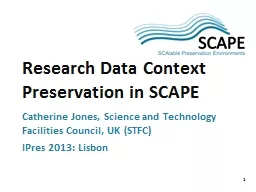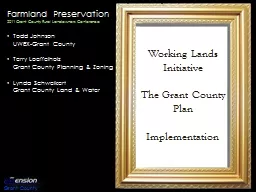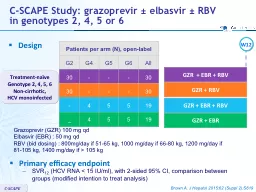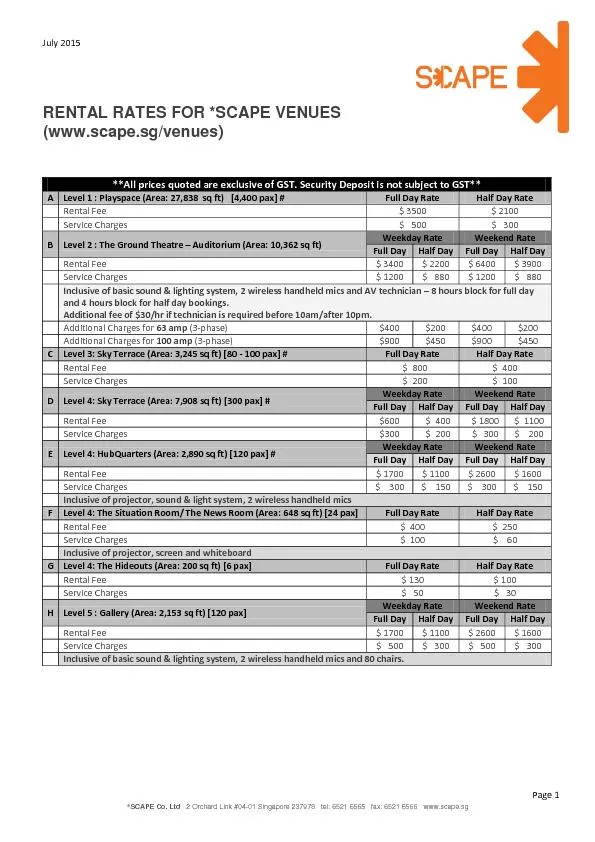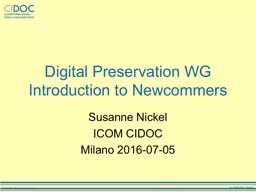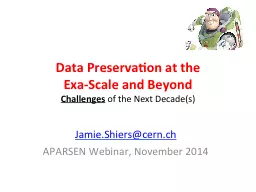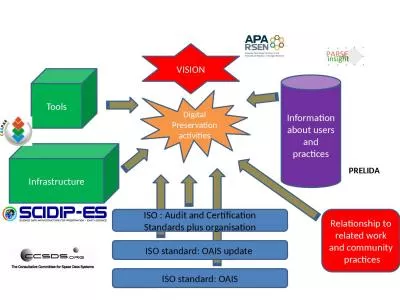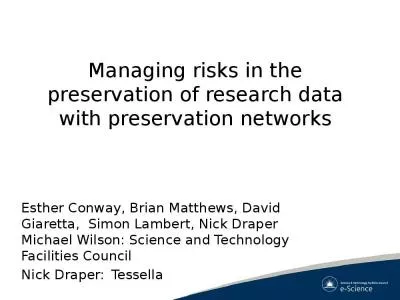PPT-Research Data Context Preservation in SCAPE
Author : sherrill-nordquist | Published Date : 2018-03-16
Catherine Jones Science and Technology Facilities Council UK STFC IPres 2013 Lisbon 1 SCAPE Scalable Digital Preservation SCAPE is an EU funded project 2011 2014
Presentation Embed Code
Download Presentation
Download Presentation The PPT/PDF document "Research Data Context Preservation in ..." is the property of its rightful owner. Permission is granted to download and print the materials on this website for personal, non-commercial use only, and to display it on your personal computer provided you do not modify the materials and that you retain all copyright notices contained in the materials. By downloading content from our website, you accept the terms of this agreement.
Research Data Context Preservation in SCAPE: Transcript
Download Rules Of Document
"Research Data Context Preservation in SCAPE"The content belongs to its owner. You may download and print it for personal use, without modification, and keep all copyright notices. By downloading, you agree to these terms.
Related Documents

